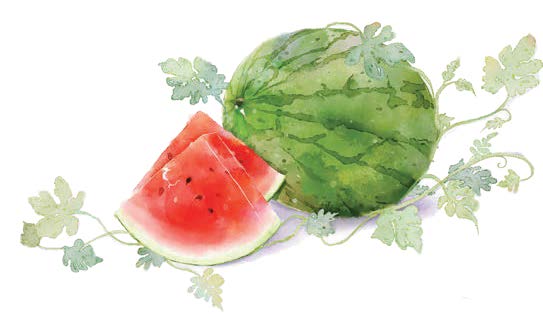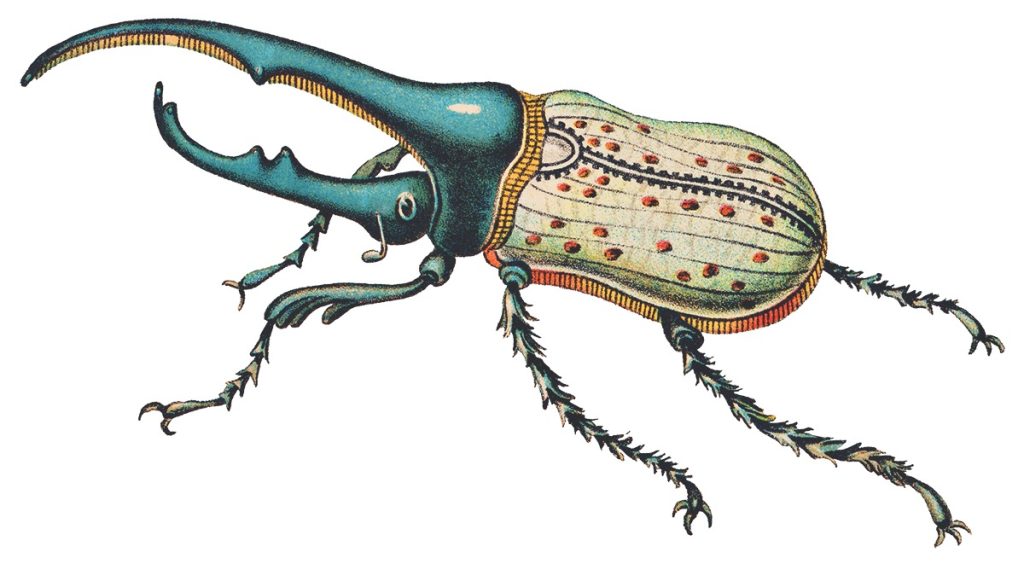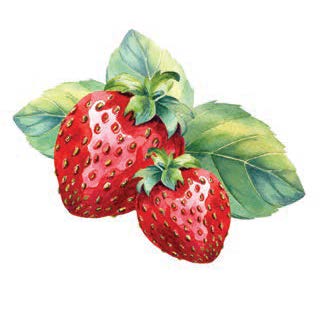ALMANAC

Almanac December
By Ashley Walshe
December is a skein of yarn, a simmering stockpot, a cat curled by the fire. Cast on. Breathe in the warming spices. Listen to the wisdom of gently crackling oak.
Wood and wool hold memories of winters past: silver storms; frost-laced mornings graced by tender sunbeams; resplendently starry nights.
You study your hands, slightly dry, recalling all they have held this year; all they have released. They tucked seeds into dark earth, plucked wildflowers, cupped sun-ripened berries, healed wounds, watered plants, wiped tears, prepared meals, gathered kindling.
Knit one, purl one; repeat.
When the fire pops, the cat unfurls like a spring fern, stretches out its toes, then drifts again into dream world.
Knit one, purl one; repeat.
As the cat stalks summer crickets and field mice behind closed eyes, you lay down your craft, stoke the fire, head for the stovetop. Lifting the lid, you unlock memories of winters past, mashing the now-soft apples as you inhale the spicy-sweet amalgam.
Back at the fire, you cradle a mug of homemade cider, watching the steam dance as whiffs of cinnamon and allspice ignite your senses. You look at your hands again, marvel at how they’ve been shaped by nature and time; at their wisdom, softness and resilience; at what they might yet hold.
The cat yawns. You set down the cider, pick up the yarn. Knit one, purl one; repeat.

Winter’s Deep Sleep
For the natural world, life is slowing down.
Honeybees are clustered in their hives. Box turtles are burrowed in shallow soil. And black bears — over 20,000 of them in our mountain and coastal regions — amble to their dens, where cubs will be birthed in the heart of winter, during mama’s deep, long sleep.
When life feels busy, lean into the wisdom of our animal kin. Slow down. Get cozy. Remember that rest is a gift you can give yourself.

Homemade with Love
The holidays are upon us. Flickering candles and flashing lights spell Hanukkah, Kwanzaa, Christmas and Yule. But what of the lesser-known holidays? The weird and downright wacky ones?
Take Pretend to Be a Time Traveler Day, for instance, celebrated on Dec. 8. National Cat Herders Day (Dec. 15). Or National Ugly Sweater Day (the third Friday of December).
There’s a day for roasting chestnuts (Dec. 14), regifting (Dec. 18) and swapping homemade cookies (Dec. 22).
And here’s one that might prove fun and fruitful: Make a Gift Day, on Dec. 3. Get creative. Let go of perfectionist tendencies. Pure and simple is part of the charm.































